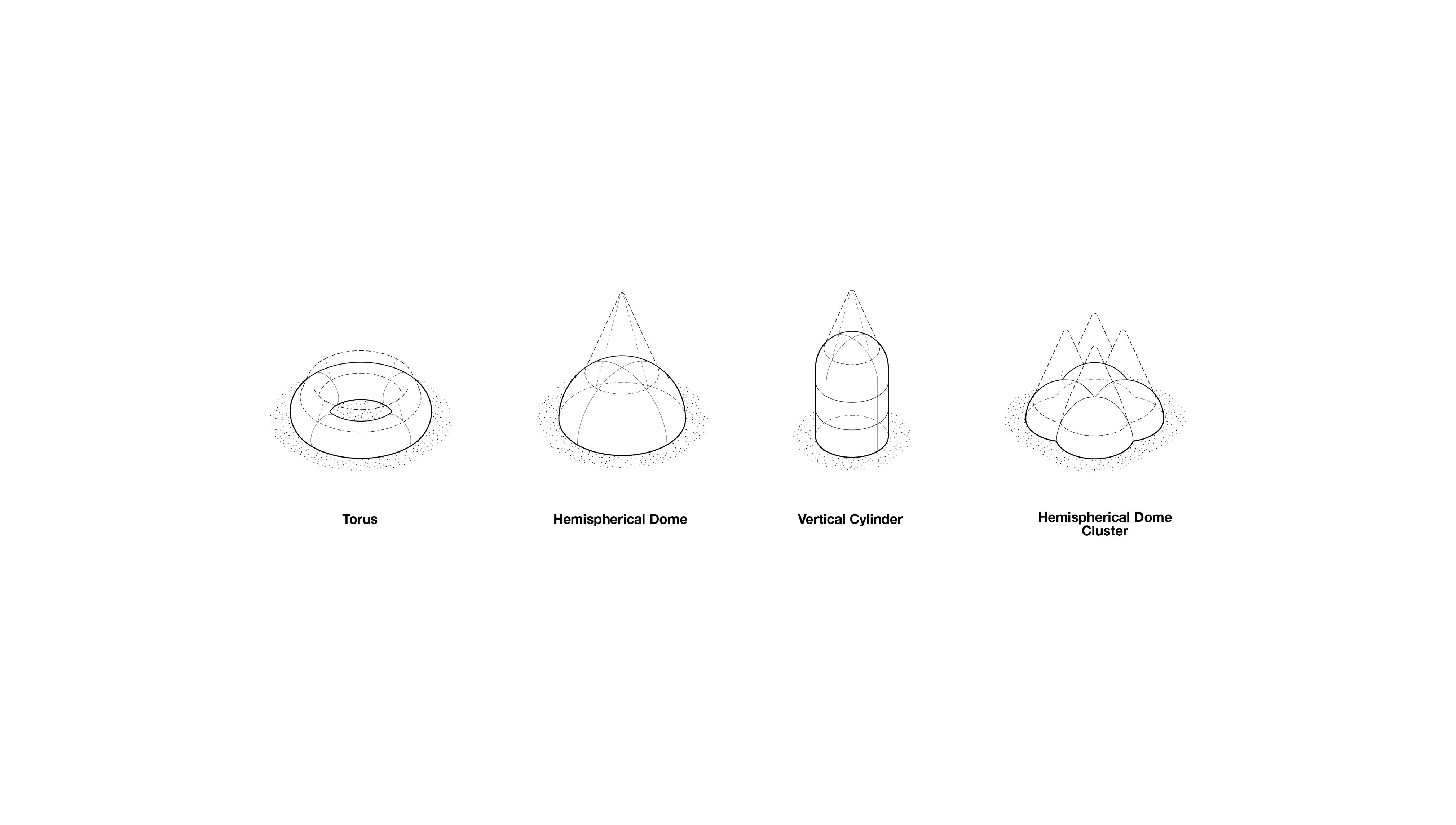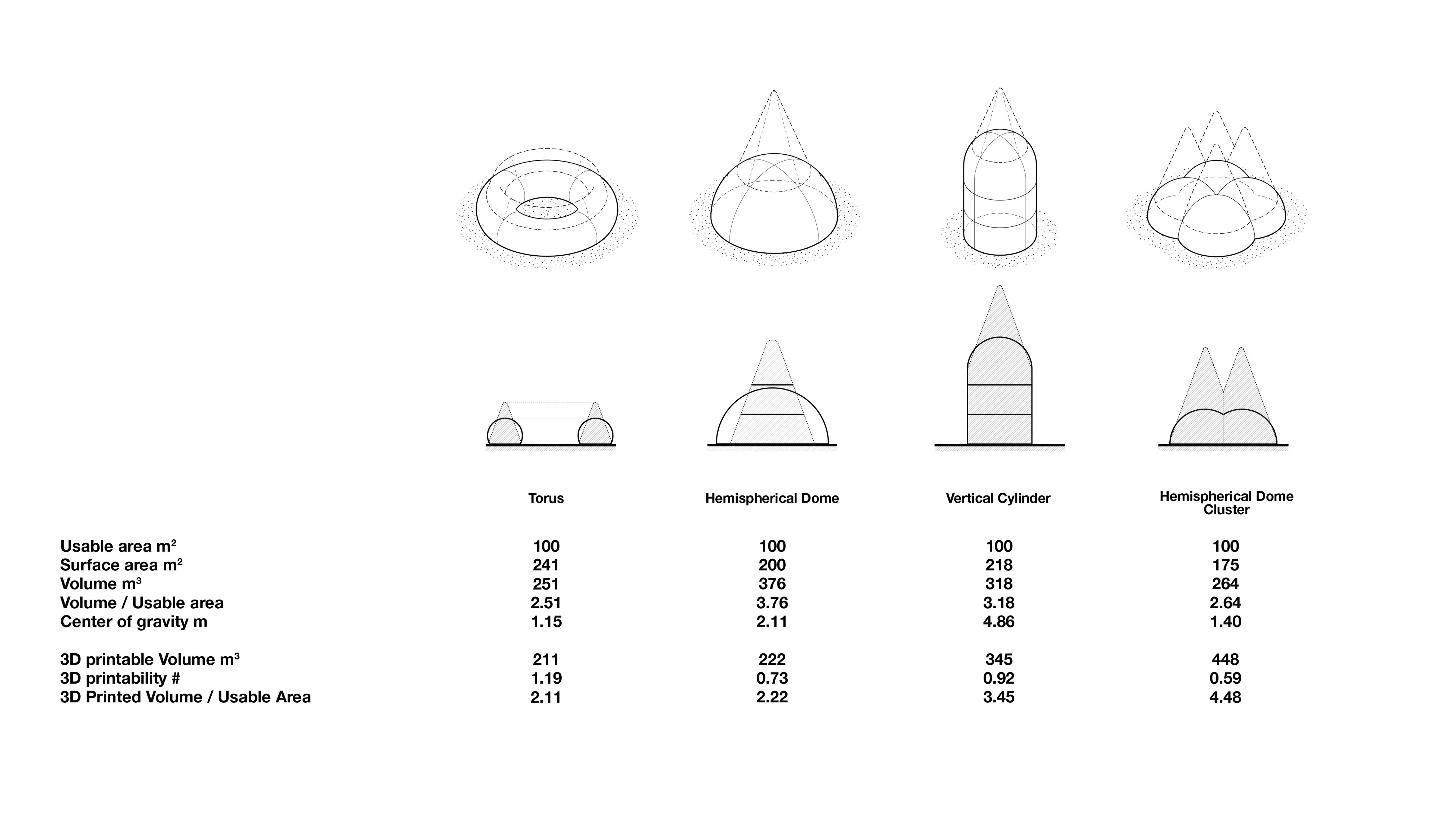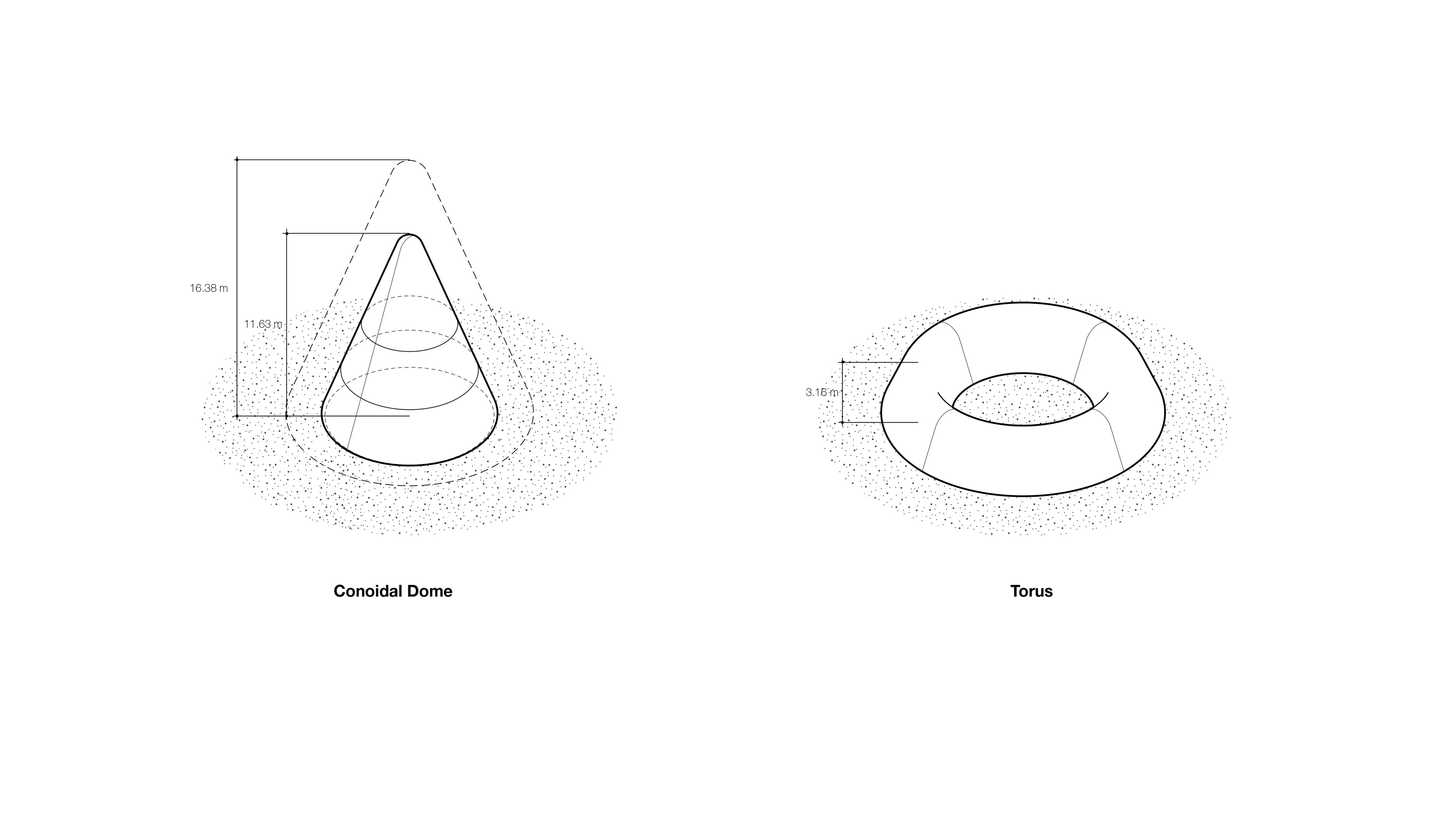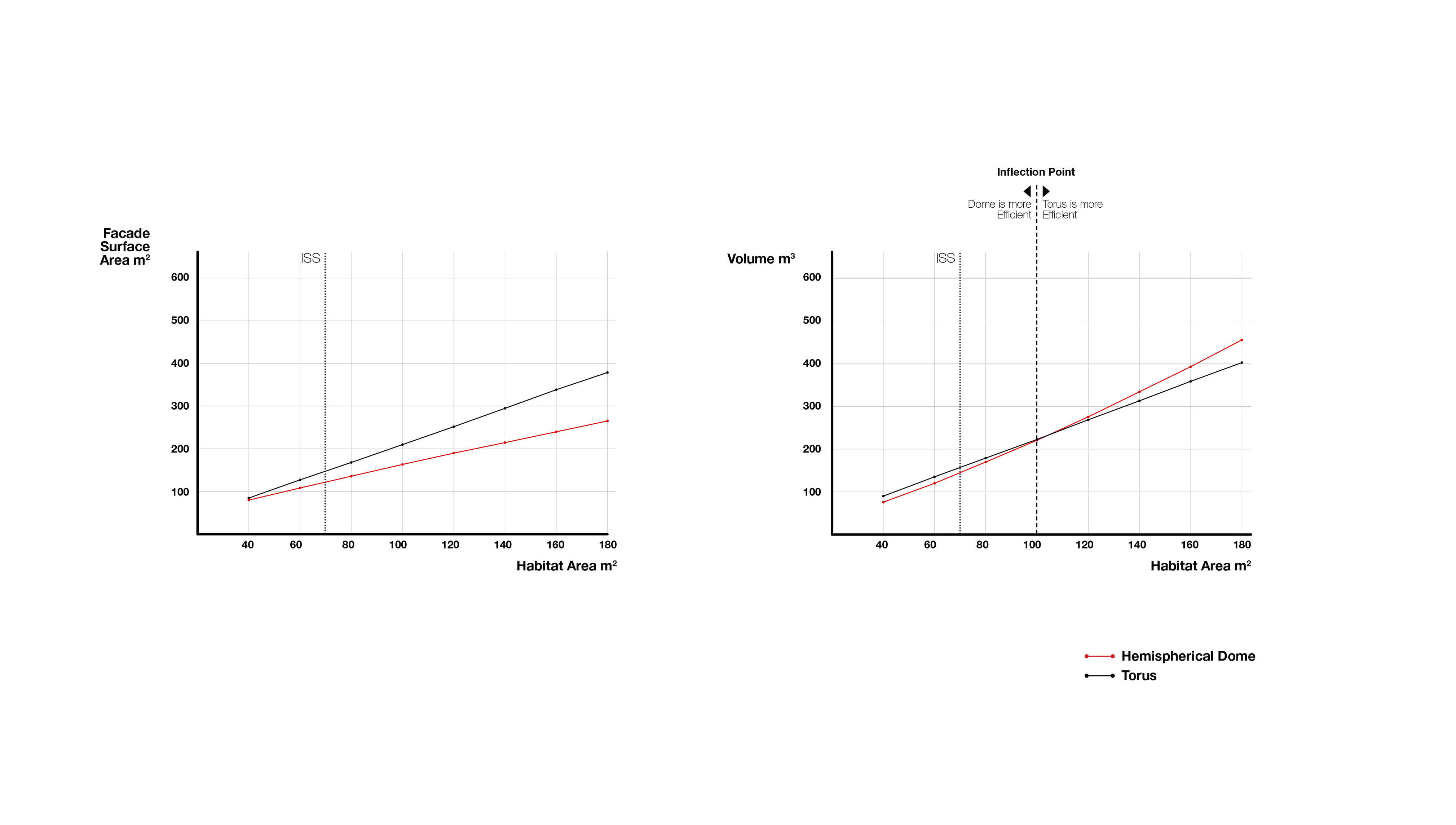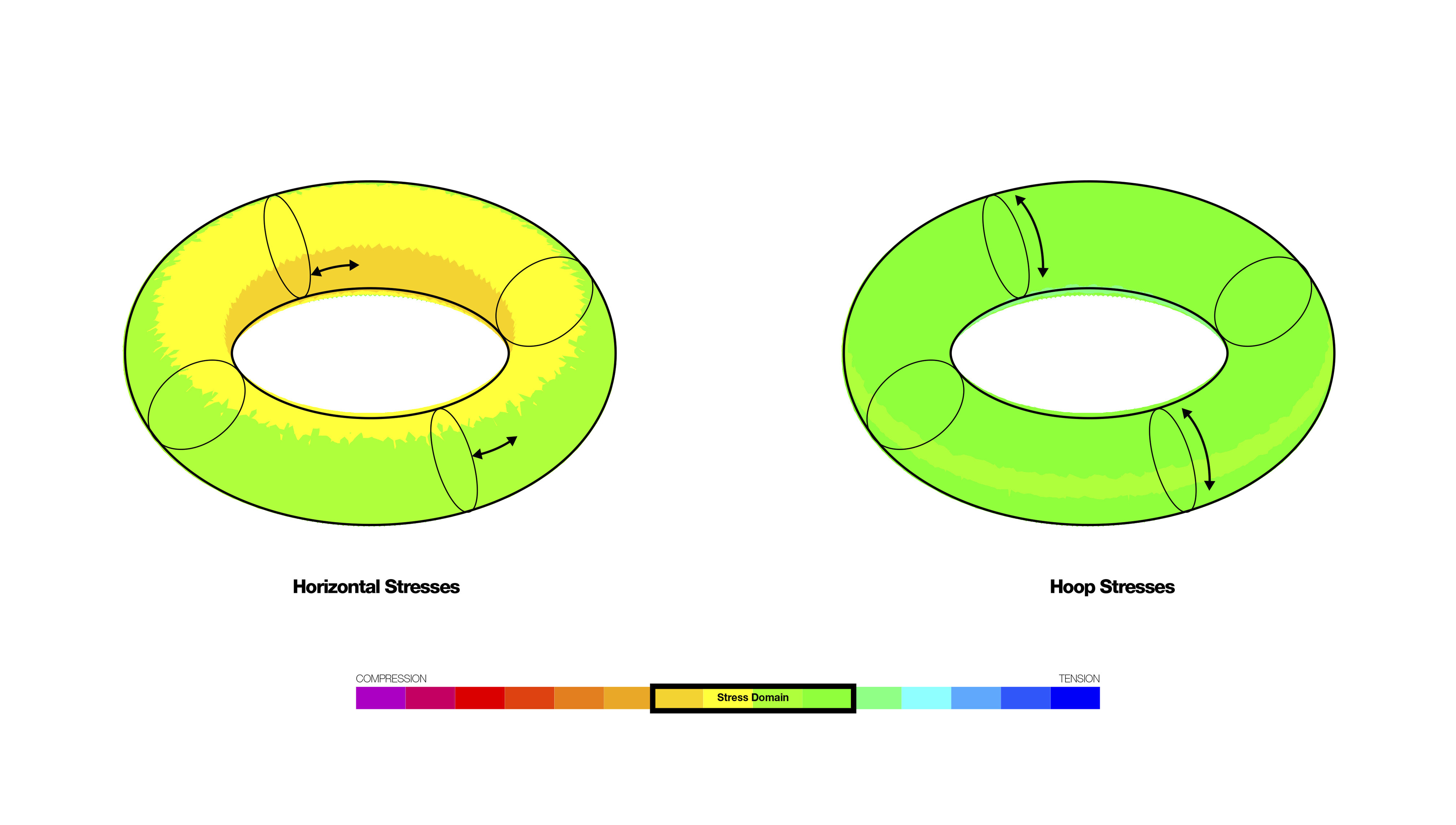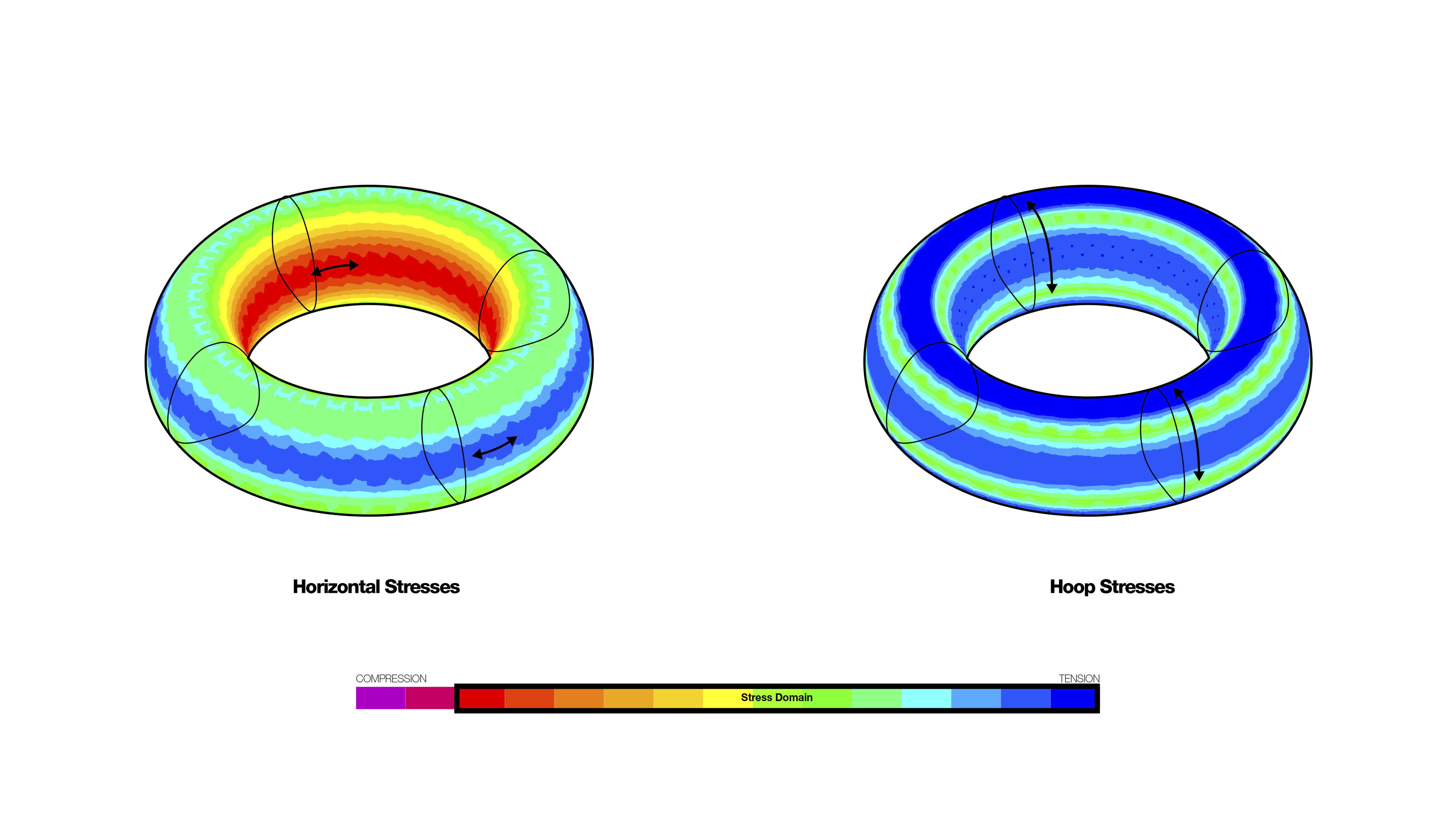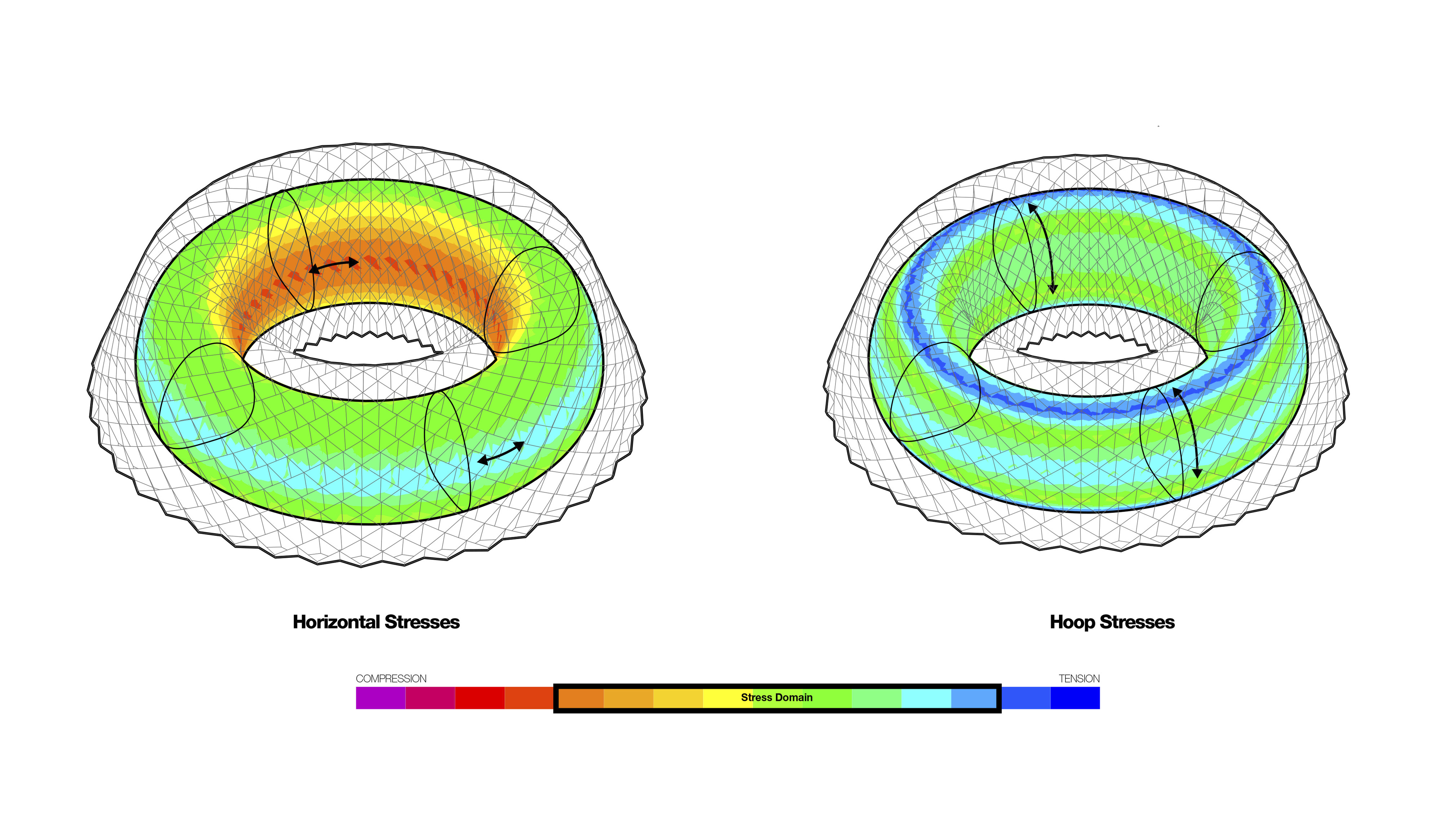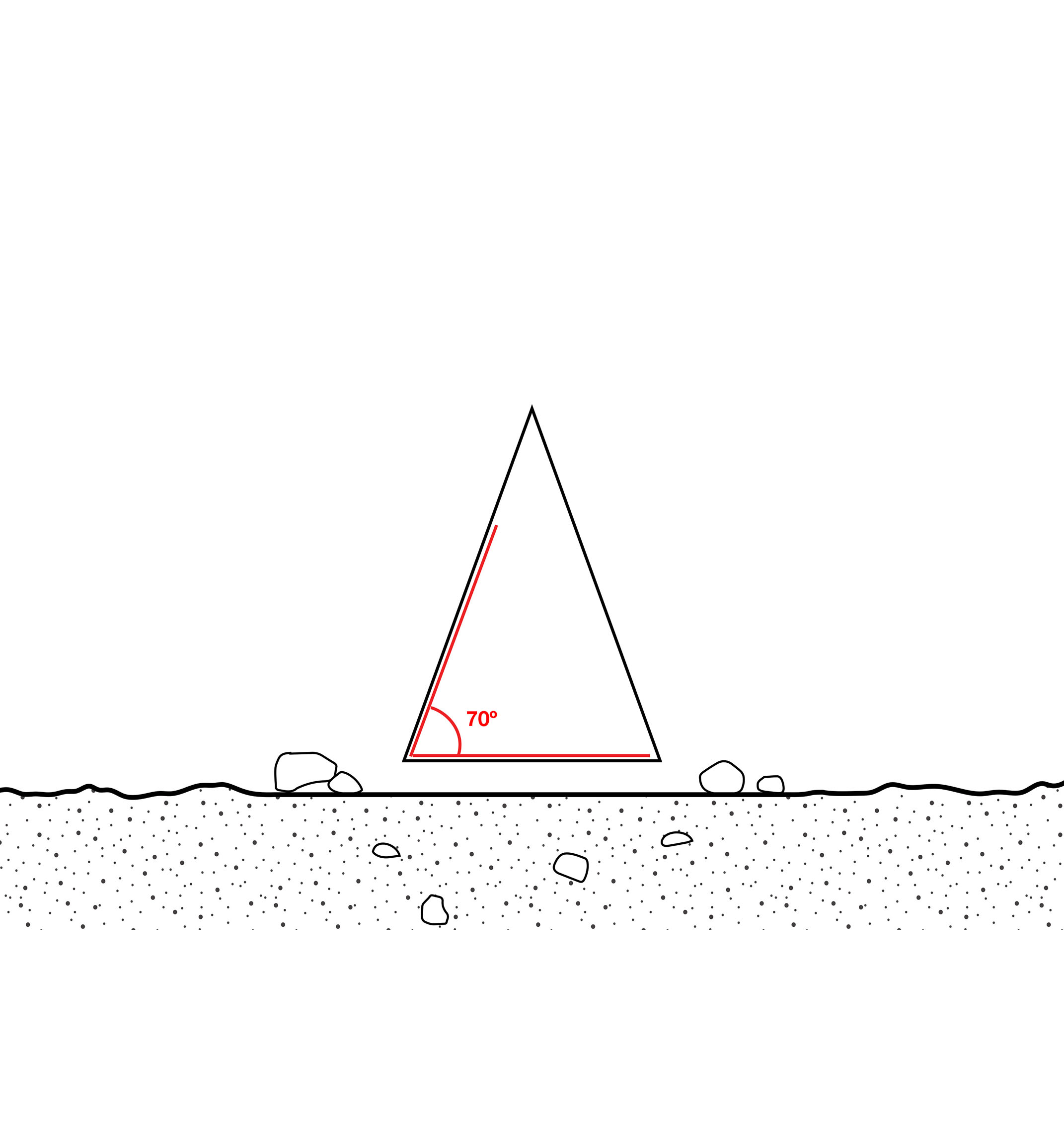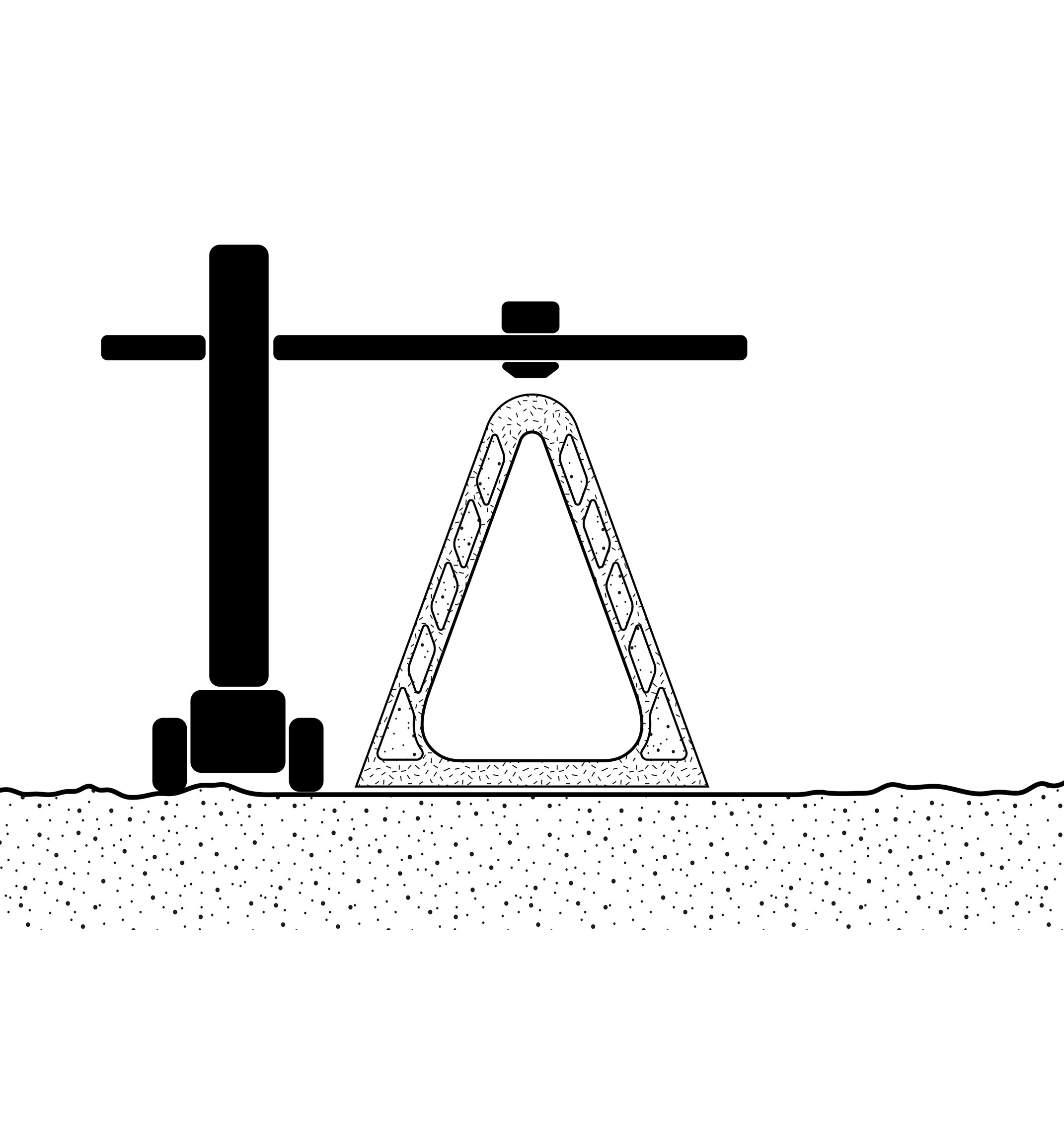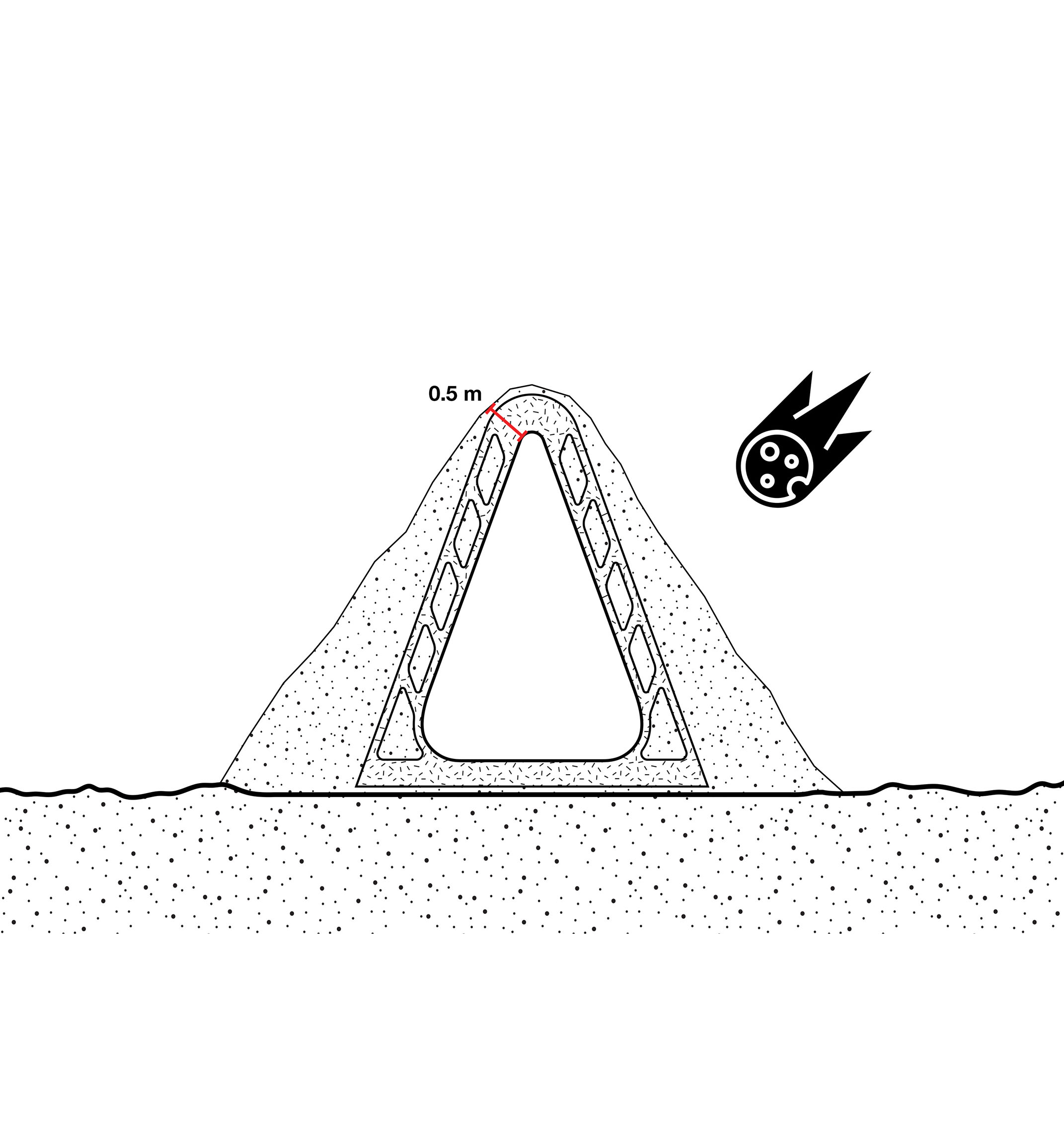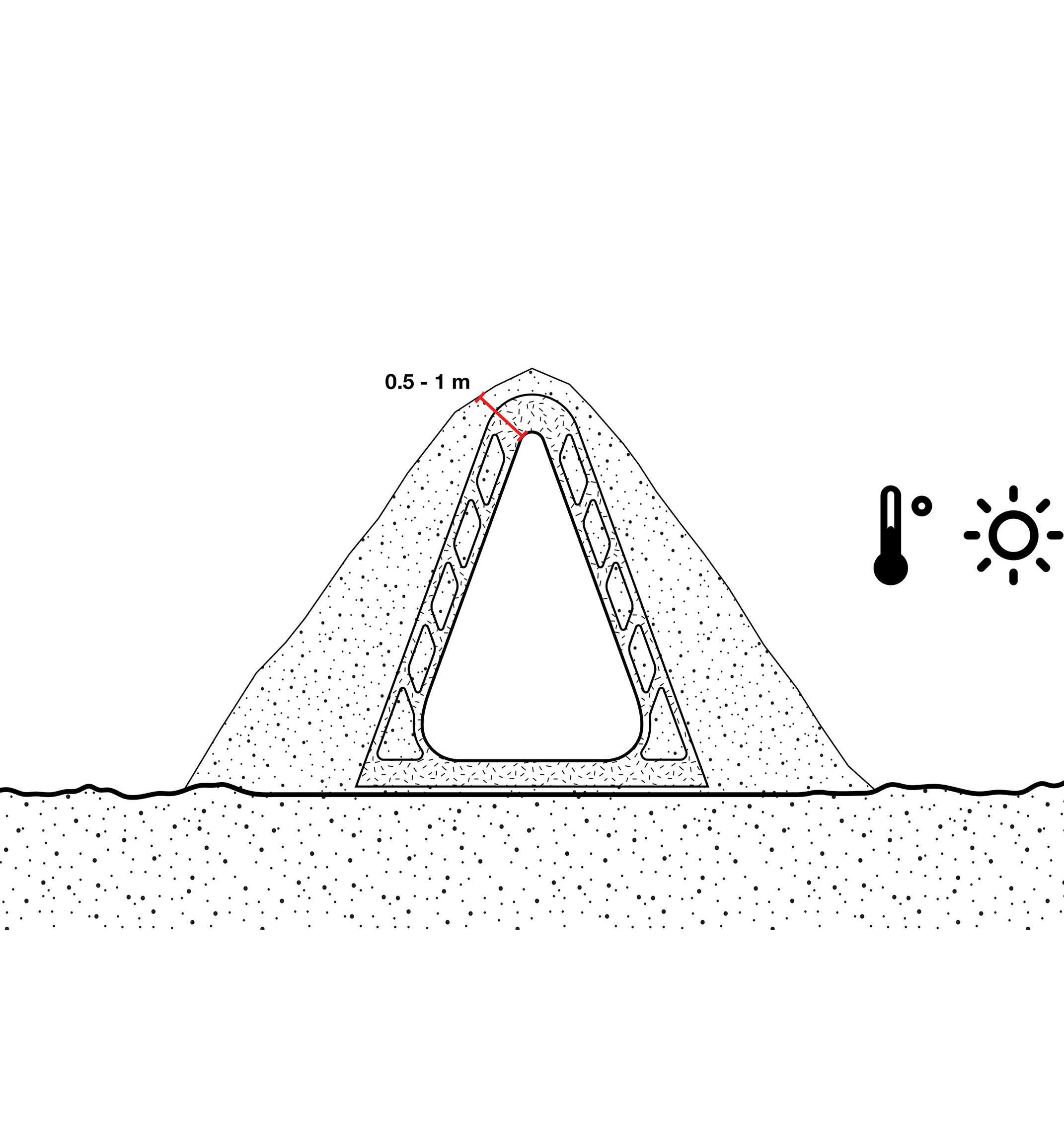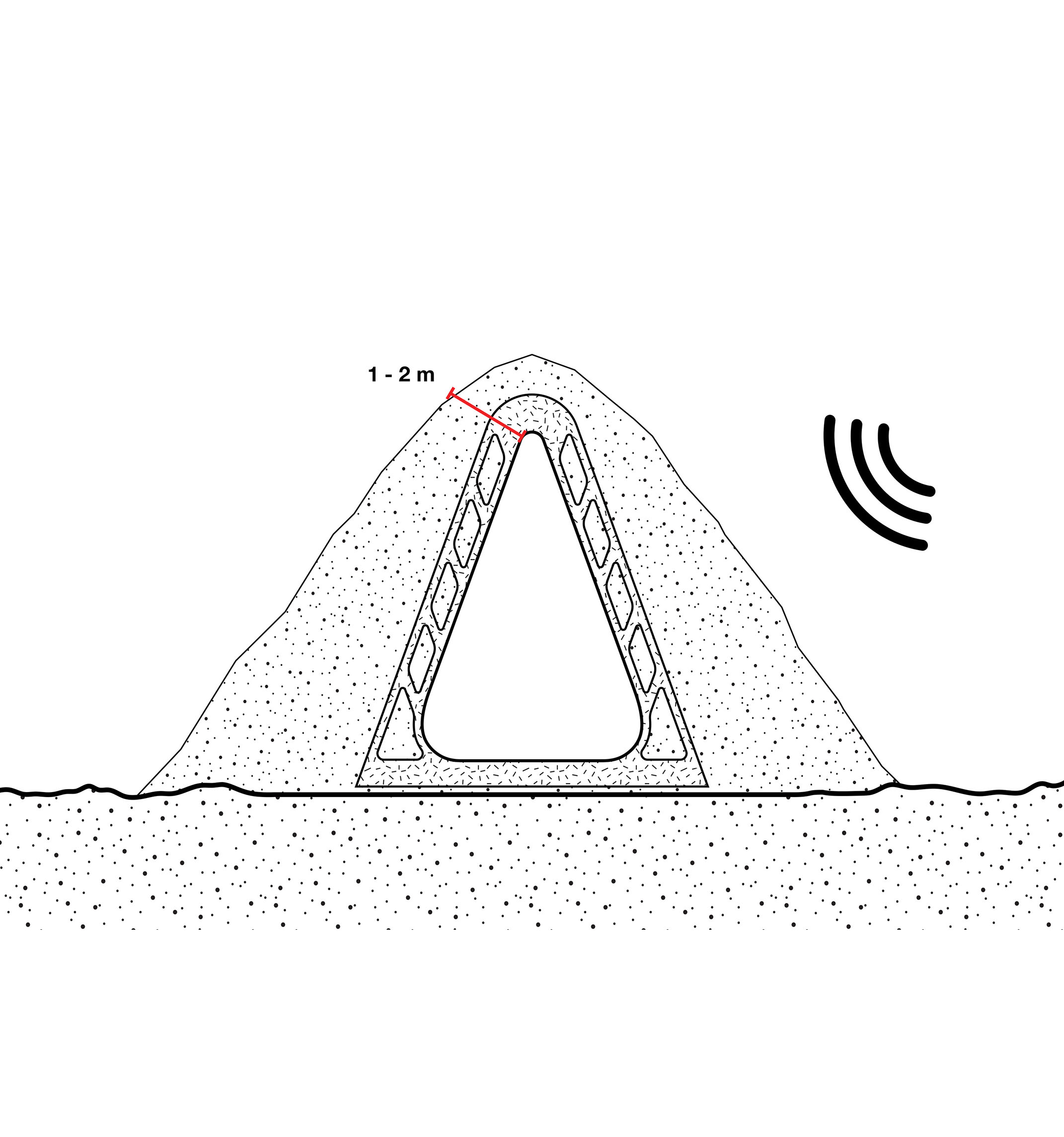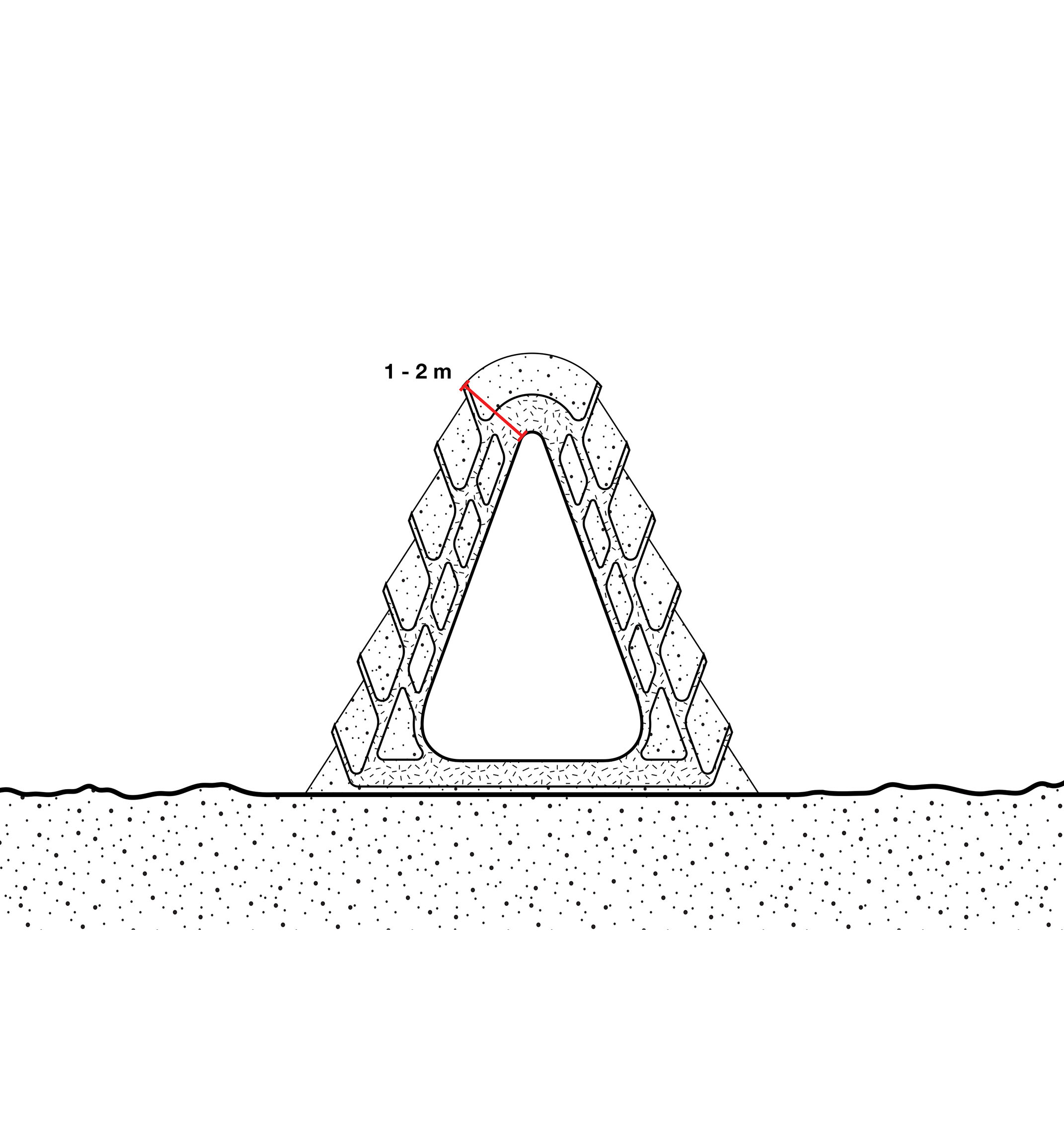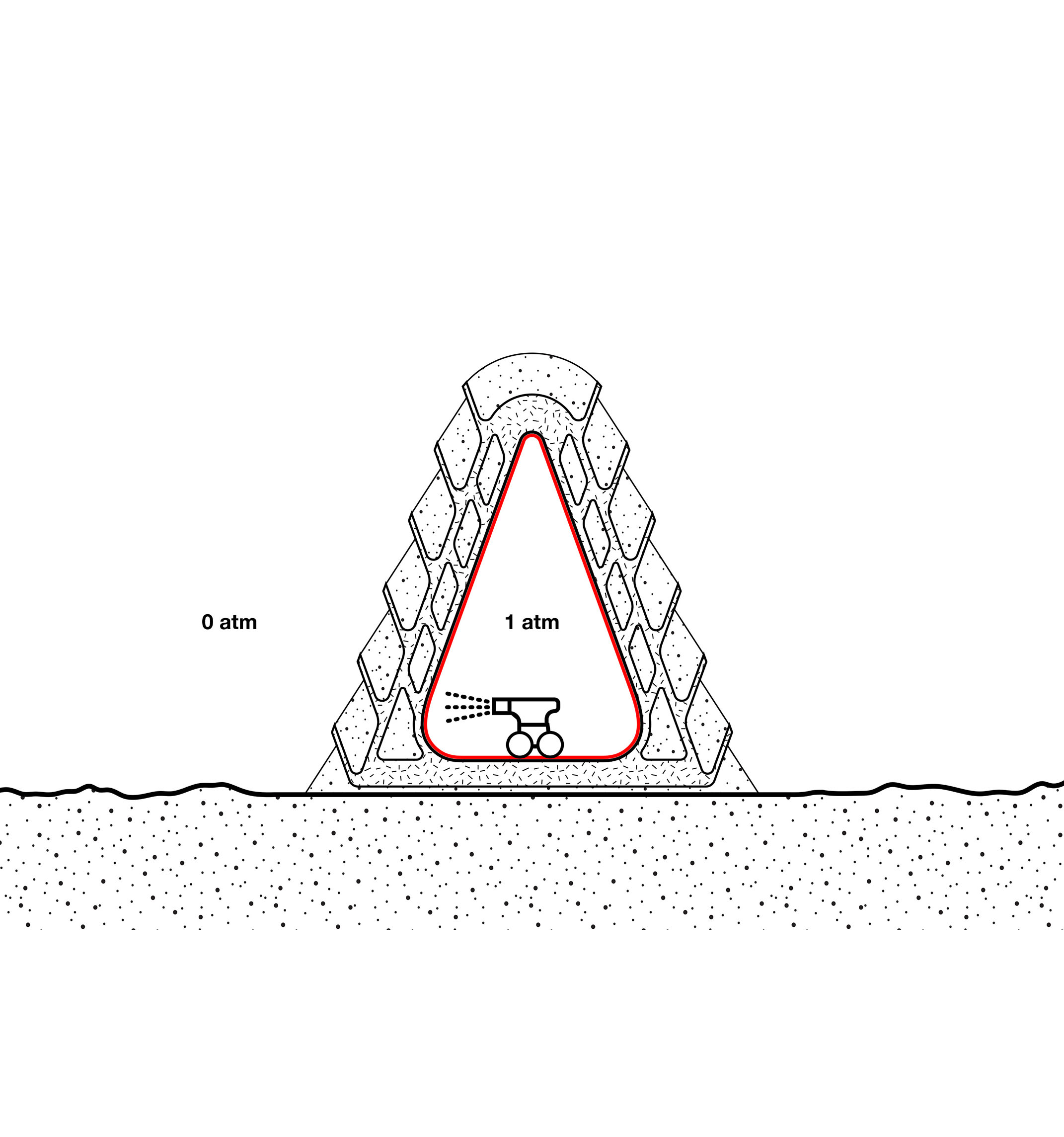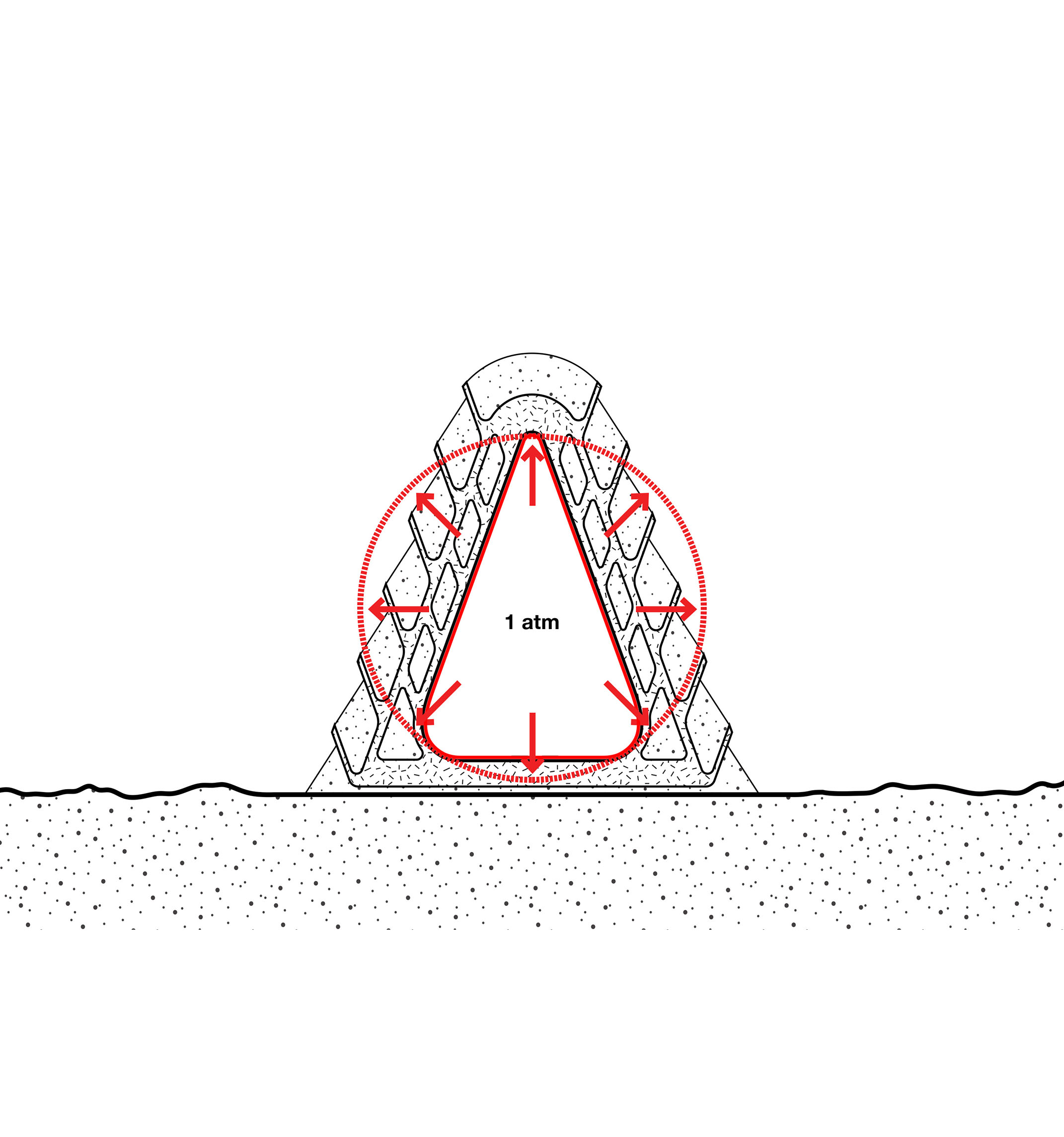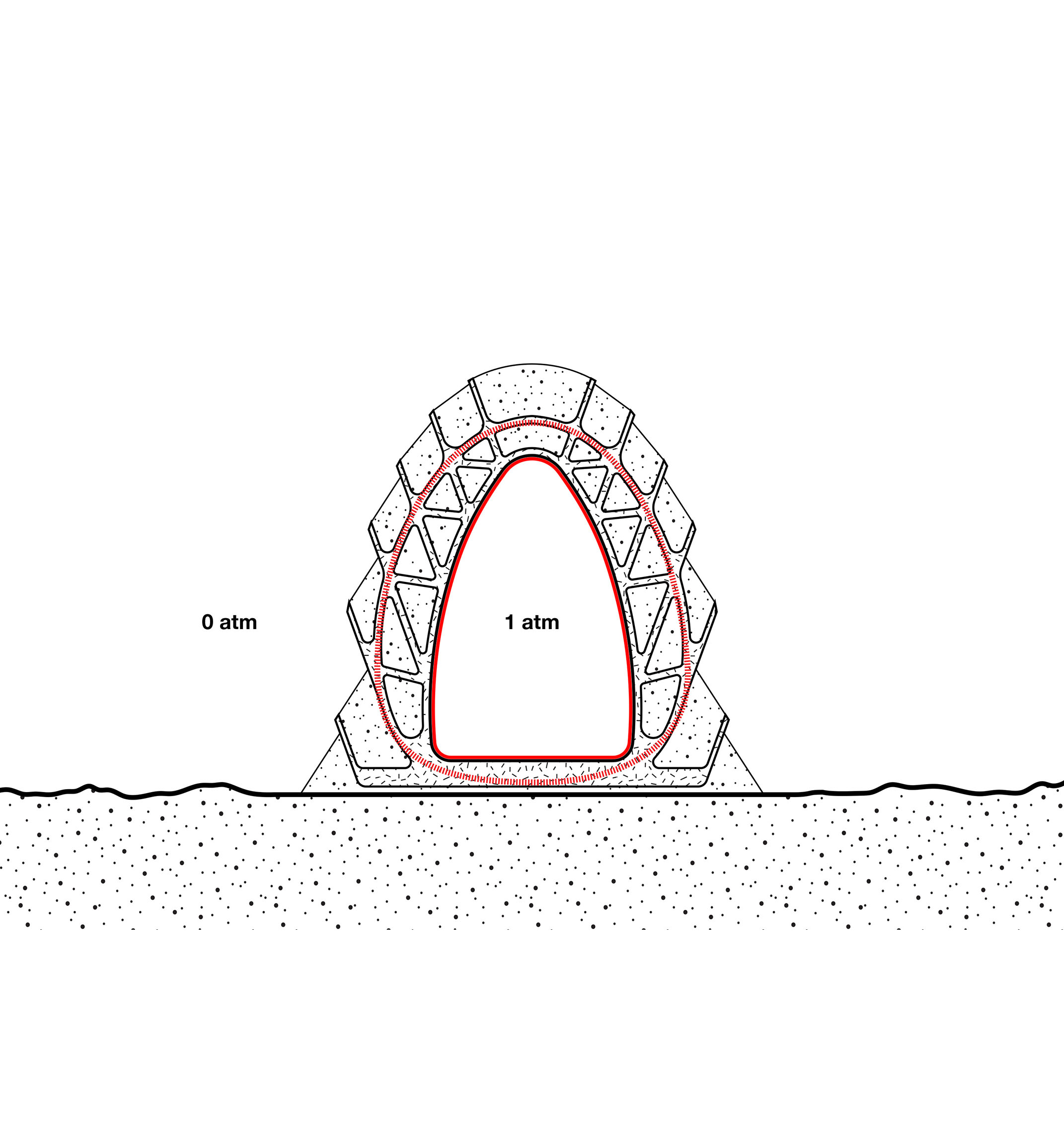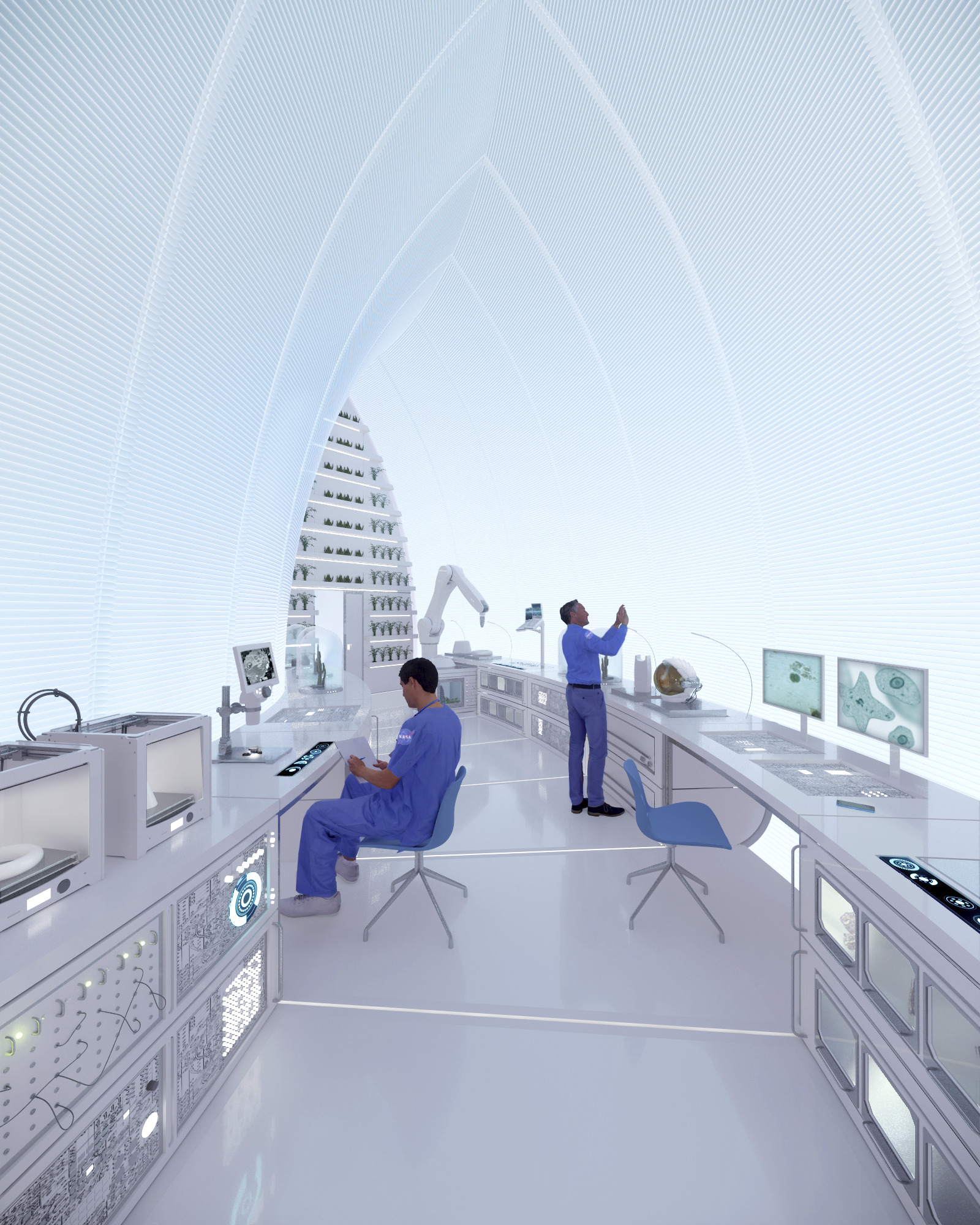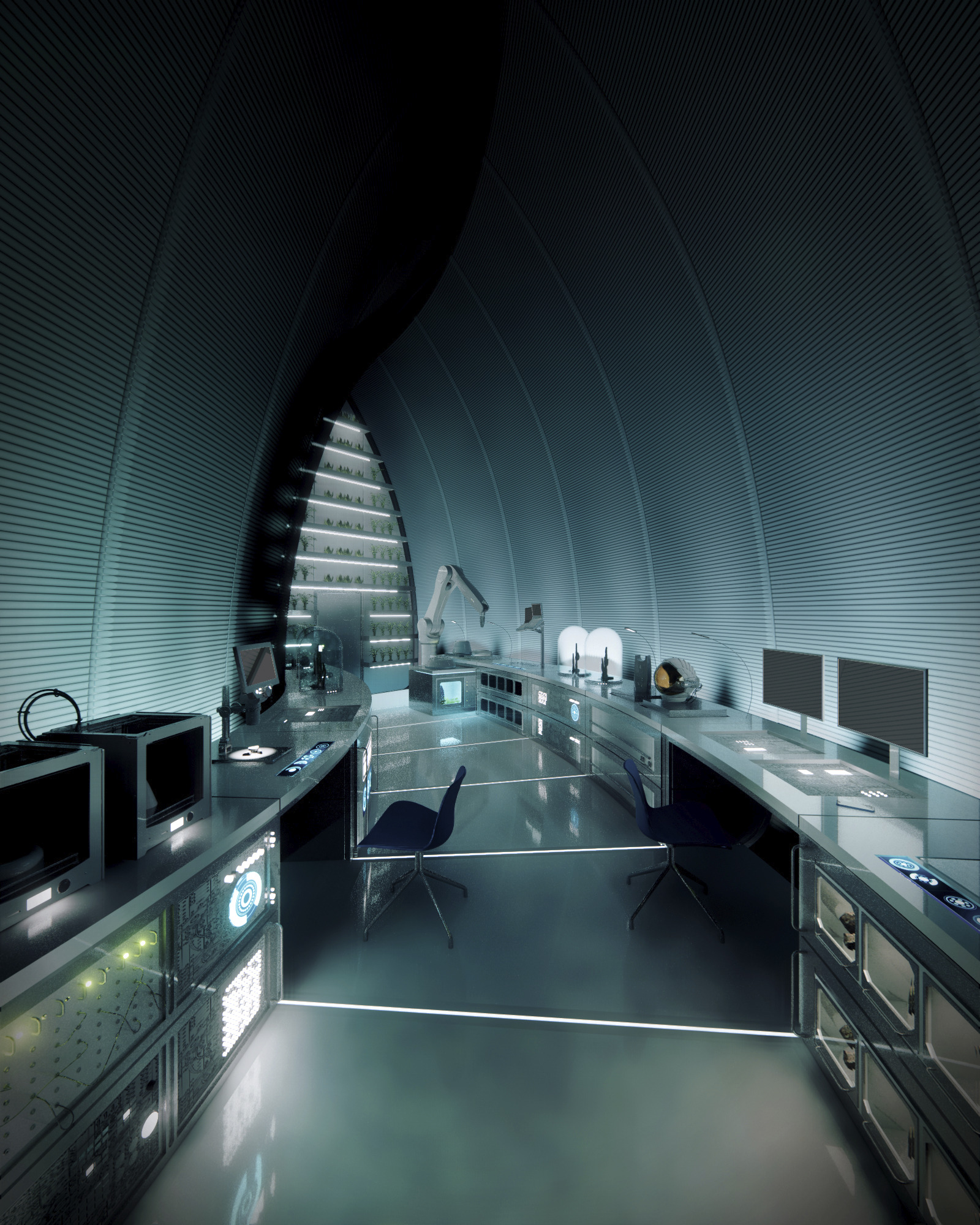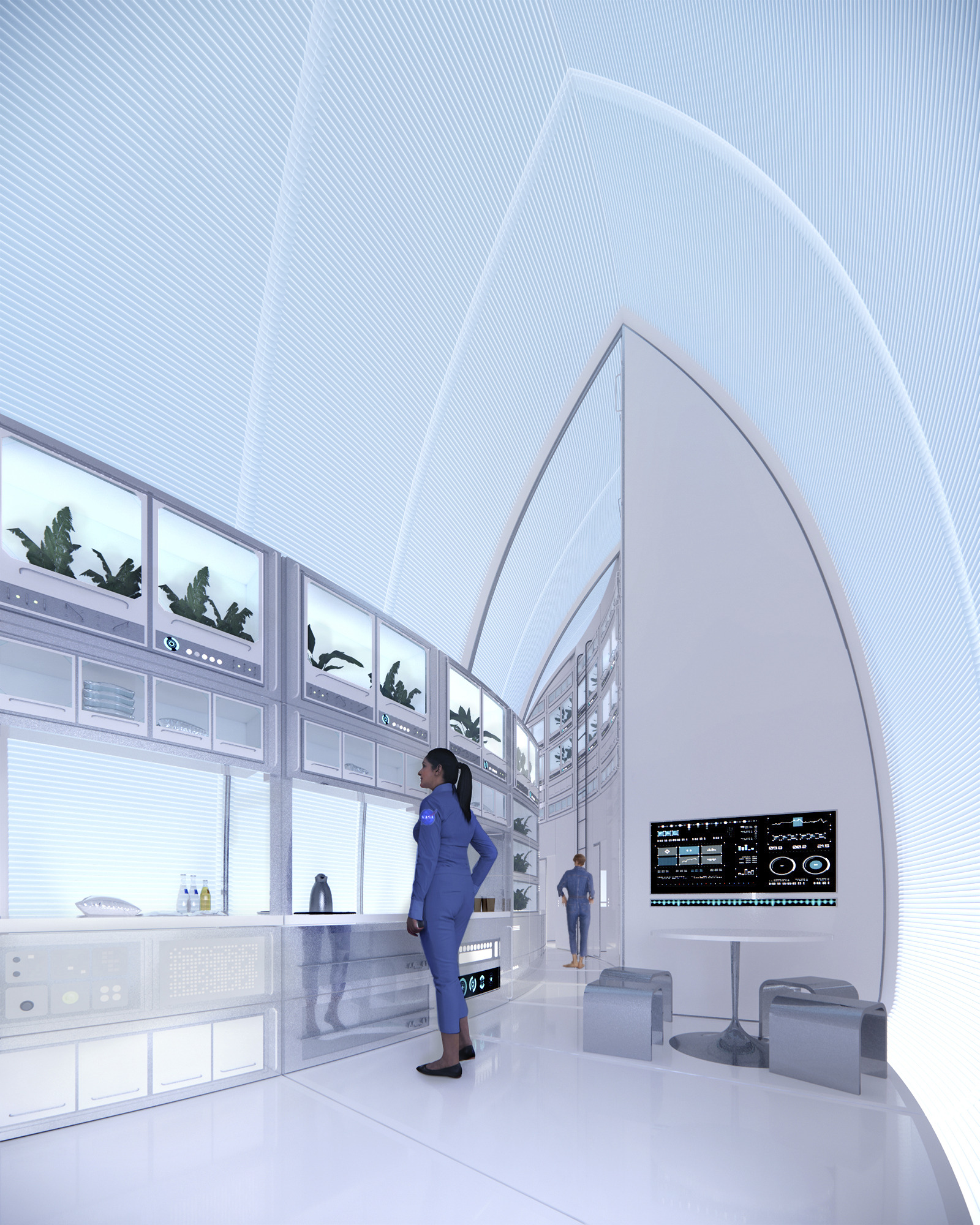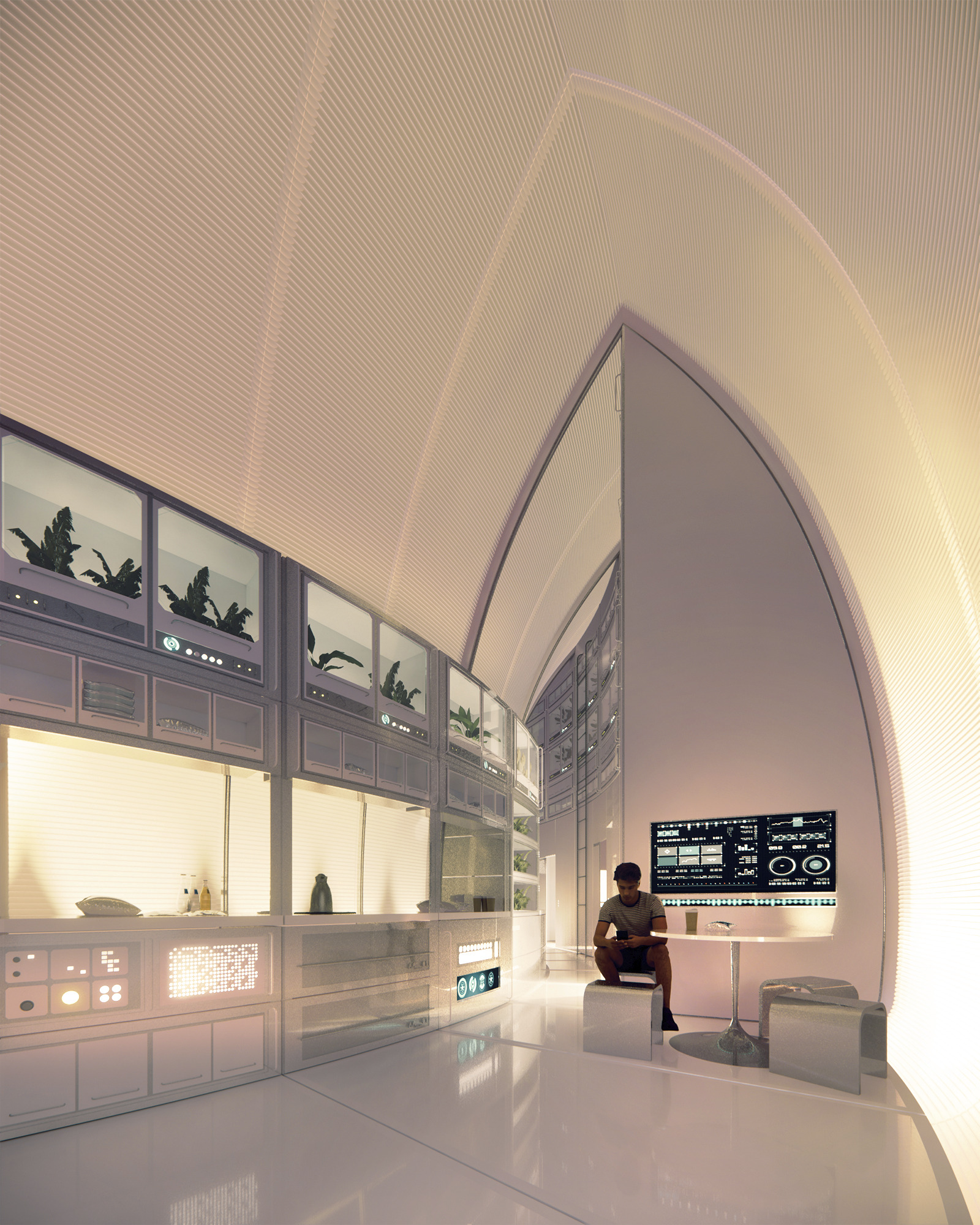STATUS
IN DESIGN
LUNAR SOUTH POLE, THE MOON
CLIENT
ICON Build
TYPOLOGY
Space
SIZE M2/FT2
195.5 / 2,104
STATUS
IN DESIGN
SHARE
BIG is collaborating with ICON, SEArch+, and NASA to design Project Olympus: a lunar habitat set to be the first human foray into extra-terrestrial construction.
Through the Artemis program – a collaboration with commercial and international partners to explore more of the lunar surface than ever before – NASA has signaled that the Moon will be the first off-Earth site for sustainable surface exploration. ICON, a developer of advanced construction technologies such as robotics, software, and building materials, was awarded a government Small Business Innovation Research (SBIR) contract, including funding from NASA, to begin research and development of a space-based construction system that could support future exploration of the Moon. From landing pads to habitats, this collective effort between BIG, ICON, SEArch+, and NASA is driven by the belief that humanity can and should become a spacefaring civilization.
Project Olympus is BIG’s second project in outer space following Mars Science City, which similarly to Project Olympus will address eight of the 17 UN Sustainable Development Goals, related to the built environment of our Blue Planet.
In partnership with NASA’s Marshall Space Flight Center in Huntsville, Alabama, ICON will test lunar soil simulant with various processing and printing technologies. These tests will help inform the design and development of prototype elements for a future full-scale additive construction system that could 3D-print infrastructure on the Moon.
Building a sustainable presence on the Moon requires more than rockets. Project Olympus’s robust structures will provide better thermal, radiation, and micrometeorite protection than metal or inflatable habitats can offer. Built using ICON’s 3D printing technology, using lunar regolith as the main building material, the habitat is designed to accommodate four astronauts for a period of up to a month at a time and maximize In Situ Resource Utilization.
The design is based on a Toroidal geometry that offers several structural and functional benefits. Structurally, the lower center of gravity makes the habitat less vulnerable to lunar quakes and reduces the foundation requirements of the structure during shallow moonquakes, which though infrequent (28 shallow moonquakes have been recorded in a span of eight years by the Apollo missions), are thought to have the most potential impact on lunar surface structures.
“To explain the power of architecture, "formgiving" is the Danish word for design, which literally means to give form to that which has not yet been given form. This becomes fundamentally clear when we venture beyond Earth and begin to imagine how we are going to build and live on entirely new worlds. With ICON we are pioneering new frontiers - both materially, technologically and environmentally. The answers to our challenges on Earth very well might be found on the Moon.”
“The NASA Olympus habitats will be designed with the inherent redundancy required for extraterrestrial buildings, while also using groundbreaking robotic construction that uses only in-situ resources with zero waste left behind. With the technologies and efficiency parameters developed for the construction of extraterrestrial buildings, Project Olympus will also help us build sustainably on planet Earth as we strive to reduce the carbon footprint of the built environment.”
“Building humanity’s first home on another world will be the most ambitious construction project in human history and will push science, engineering, technology, and architecture to literal new heights. NASA’s investment in space-age technologies like this can not only help to advance humanity’s future in space, but also to solve very real, vexing problems we face on Earth. We are honored to begin our research and development on ICON’s ‘Project Olympus’ and the ‘Olympus Construction System.’”
Bjarke Ingels Beat Schenk Martin Voelkle Jakob Lange Fabian Lorenz Guillaume Evain Jenna Dezinski Julian Ocampo Salazar Michelle Stromsta Rasam Aminzadeh Siqi Zhang Jaeho Park
BIG Engineering
